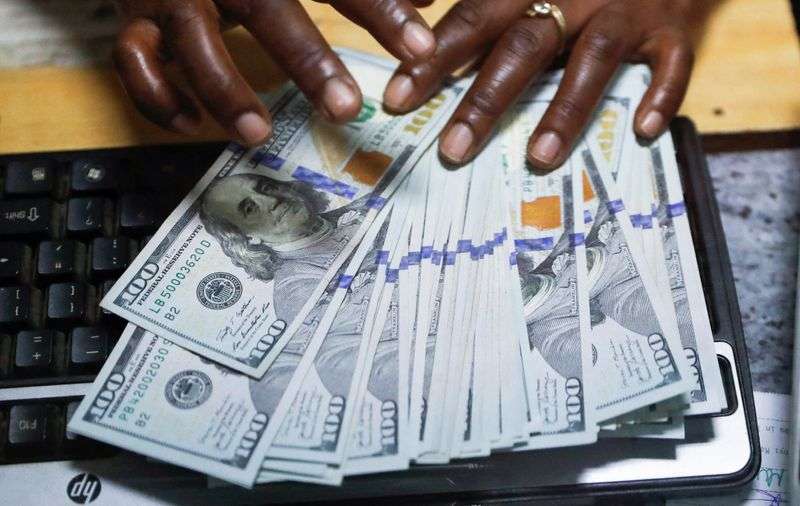The U.S. dollar has started 2025 strongly, reaching a peak of 109.54 against various currencies, fueled by the Federal Reserve’s aggressive monetary policy and a robust economy. The euro has struggled, hitting a two-year low, while the British pound shows slight recovery but remains lower overall. Global currencies like the yen and Australian dollar are also facing challenges, with traders adjusting their expectations for interest rate changes from central banks.
The Dollar’s Strong Start in 2025
The U.S. dollar has kicked off the year with impressive momentum, reaching a notable peak of 109.54 against a range of currencies on Thursday. This surge marks a continuation of the dollar’s exceptional performance from the previous year, largely driven by the Federal Reserve’s intention to adopt a more aggressive monetary policy and the robust state of the U.S. economy. Charu Chanana, the chief investment strategist at Saxo, commented, “The strength of the dollar appears to be a lasting trend at the start of 2025, especially considering the ongoing narrative of American exceptionalism, which typically correlates with high American yields.”
As the inauguration of the newly elected President approaches on January 20, the market is responding cautiously to the uncertainties surrounding his administration’s proposed policies, including potential high tariffs on imports, tax reductions, and immigration reforms. This environment has further enhanced the dollar’s appeal as a safe haven, contributing to its recent gains. Currently, the Dollar Index is at 109.18, poised for a weekly increase of 1.1%, marking its largest rise since November.
The Euro and Other Currencies Struggle
The euro has faced significant challenges against the robust dollar, plummeting 0.86% in the last trading session to a two-year low of $1.022475. Kyle Rodda, a senior financial markets analyst at Capital.com, noted, “The eurozone could experience direct repercussions from increased trade tariffs, particularly concerning China, which may further weaken the eurozone’s economic outlook.” At present, the common currency is trading at $1.0272, indicating a weekly decline of 1.6%, the steepest loss since November.
Meanwhile, the British pound has shown slight recovery, gaining 0.04% to $1.2385 after a drop of 1.16% on Thursday, yet it is still expected to end the week down by approximately 1.6%. The widening gap in interest rates between the U.S. and other global economies continues to bolster the dollar’s supremacy. Traders have shifted their expectations, no longer predicting 44 basis points of cuts from the Fed this year but anticipating over 100 basis points of easing from the European Central Bank and around 60 basis points from the Bank of England.
In Asia, the Japanese yen has edged up 0.16% to 157.25 per dollar, although it remains close to its five-month low of 158.09 reached in December. The yen has struggled due to the persistent disparity between U.S. and Japanese interest rates, compounded by the Bank of Japan’s reluctance to implement further rate hikes. The yen has depreciated more than 10% in 2024, marking a continued decline for the fourth consecutive year. In Australia, the Australian dollar has risen by 0.2% to $0.6216, yet it remains near its lowest level in over two years, while the New Zealand dollar has increased by 0.17% to $0.56065, both currencies are on track for weekly losses.
